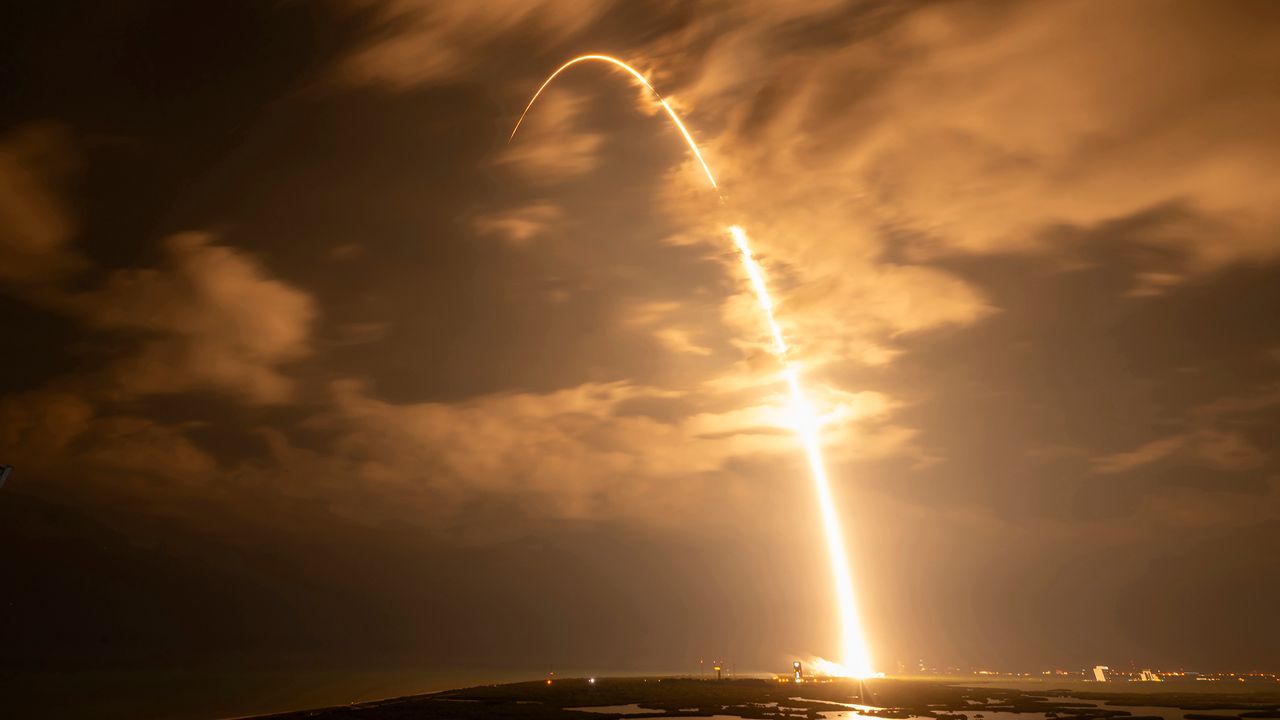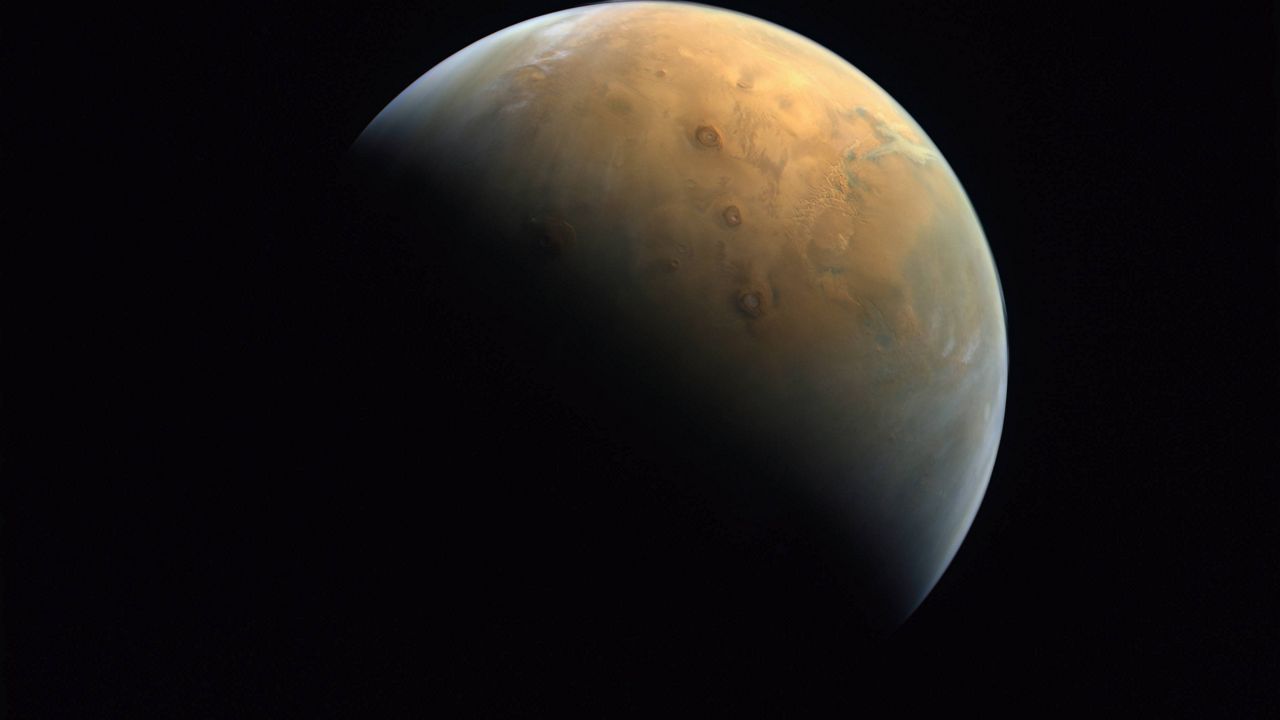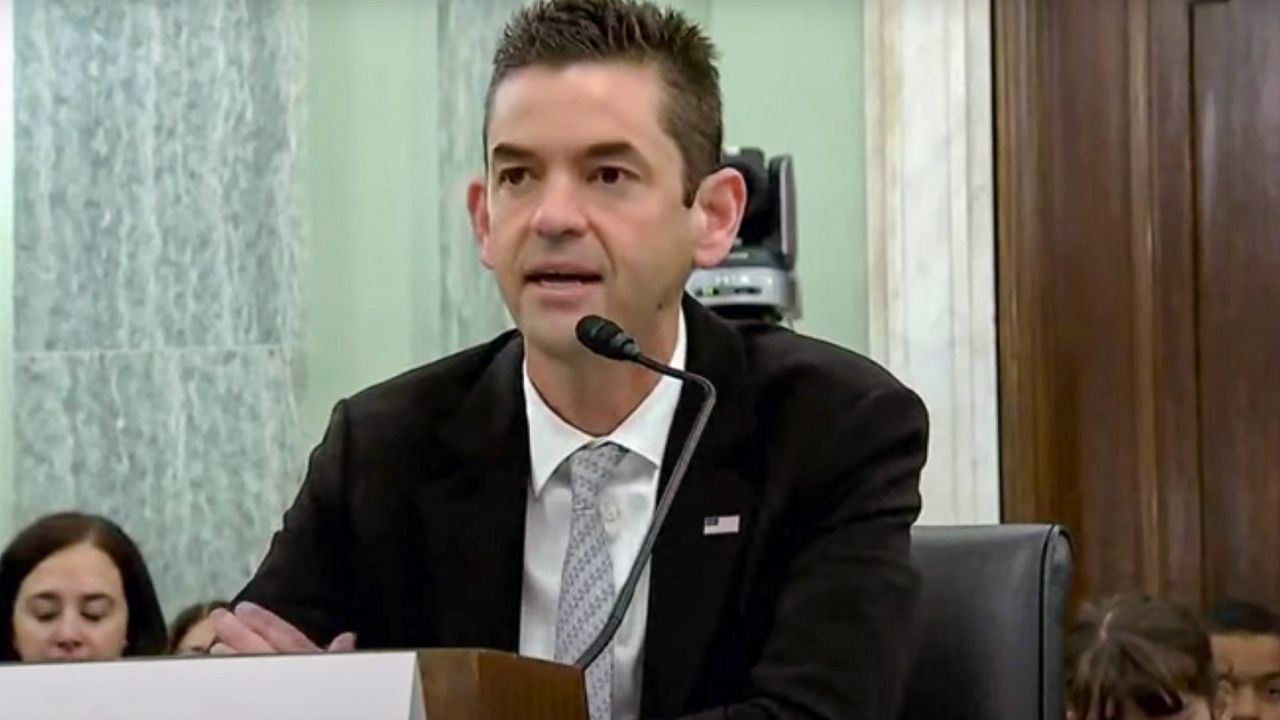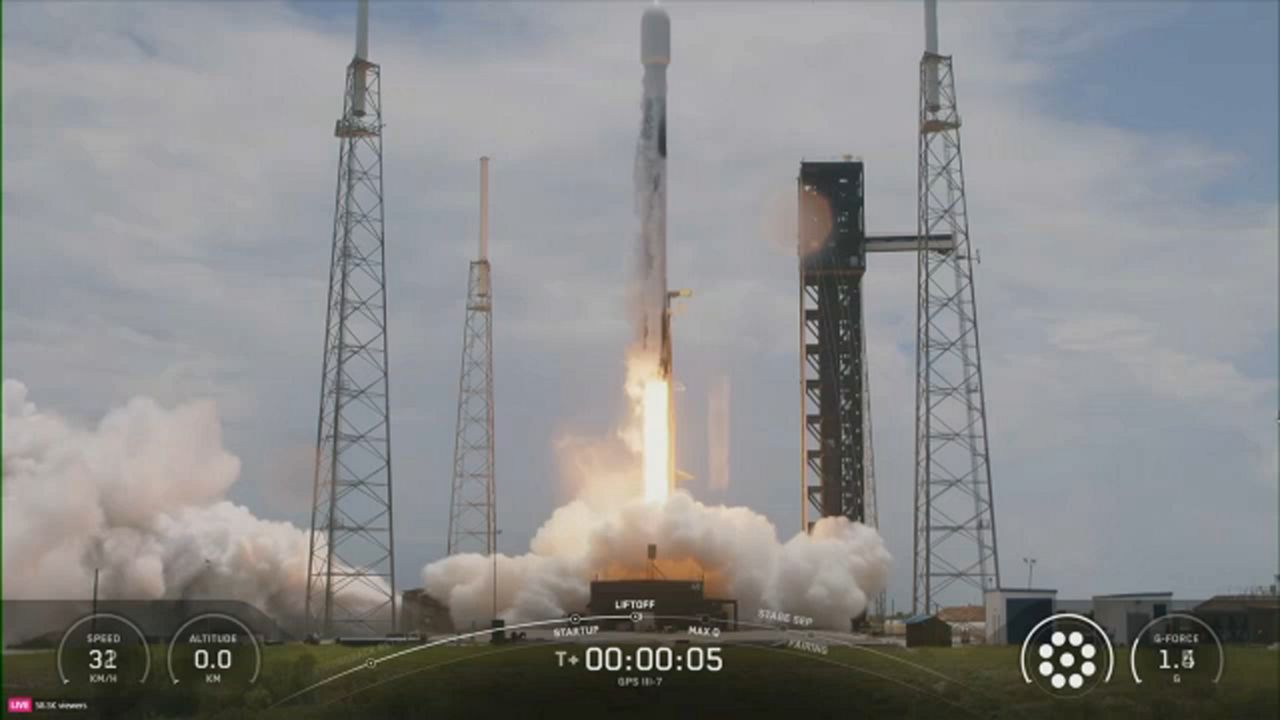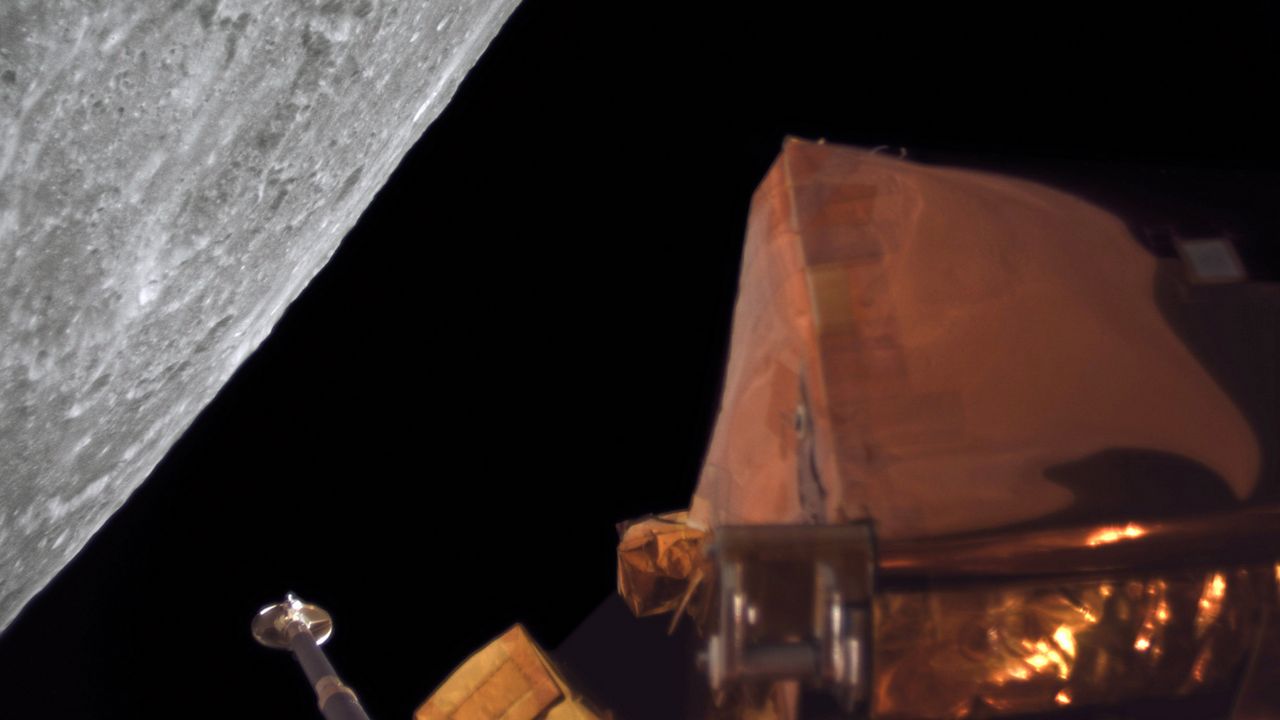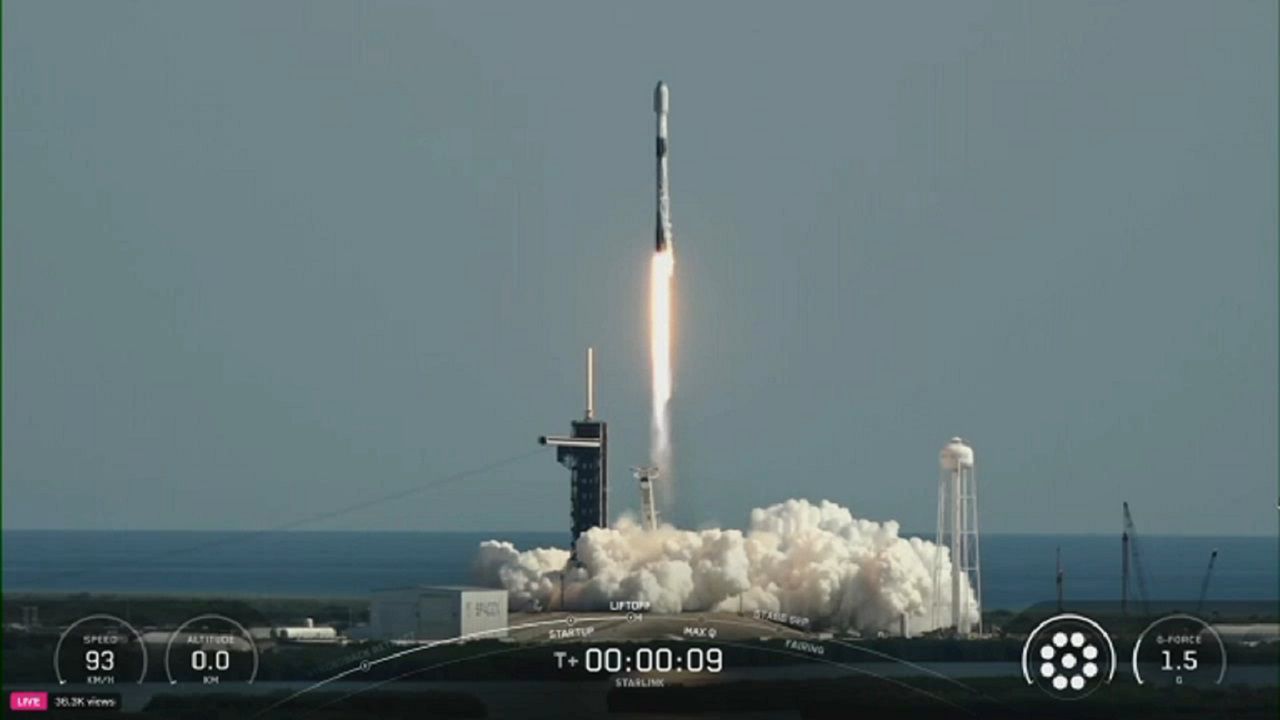CAPE CANAVERAL SPACE FORCE STATION — While many were in bed, SpaceX launched more than 20 Starlink satellites in a late-night Tuesday launch.
What You Need To Know
- Starlink 12-15 mission took off from Space Launch Complex 40
The Falcon 9 rocket sent up Starlink 12-15 mission from Space Launch Complex 40 at Cape Canaveral Space Force Station at 11:19 p.m. ET, stated SpaceX.
The launch window opened at 11:18 p.m. ET and was sent to close at 11:26 p.m. ET, meaning the California-based company had during that timeframe to launch its rocket.
The 45th Weather Squadron gave a 95% chance of good liftoff conditions, with the only concerns being the cumulus cloud rule.
Find out more about the weather criteria for a Falcon 9 launch.
Originally, the launch was supposed to take off on Monday at 11:58 p.m. ET but SpaceX stated the rocket had an auto abort. No reason was given for why the launch was scrubbed
First time up
This was the very first mission for the Falcon 9's first-stage booster B1095.
After the stage separation, the first-stage rocket landed on the droneship Just Read the Instructions that was in the Atlantic Ocean.
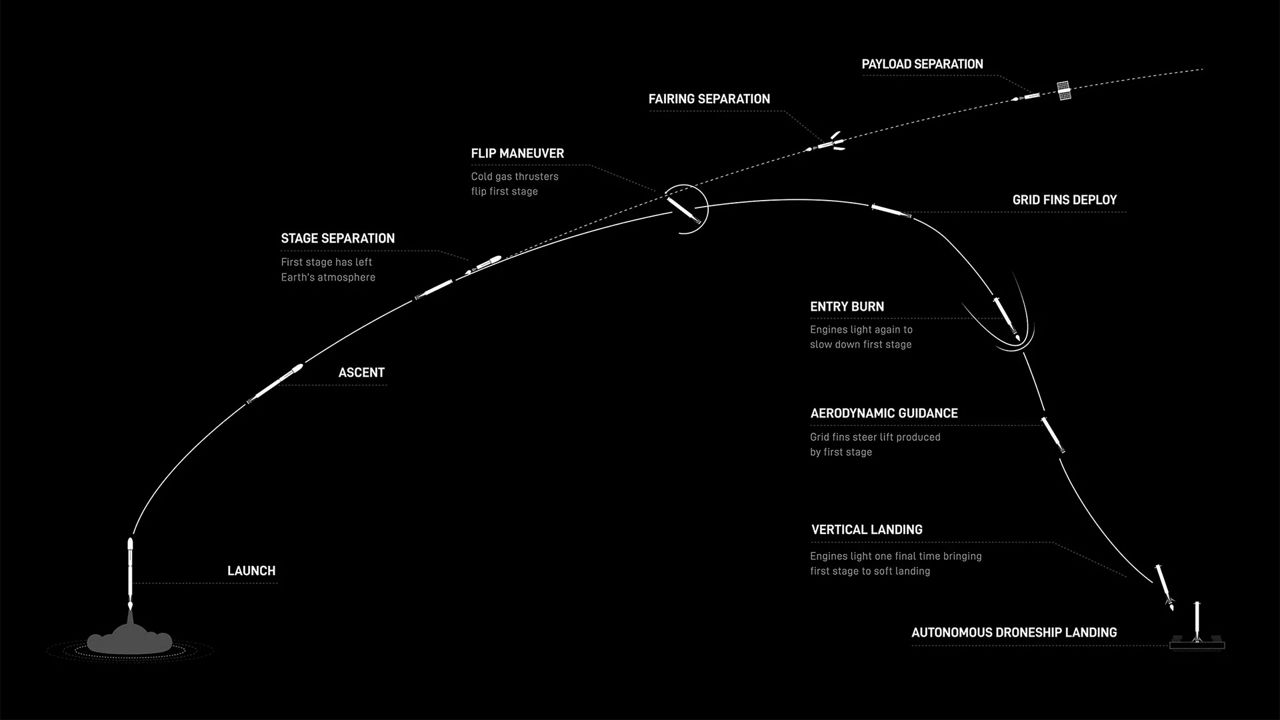
About the mission
The SpaceX-owned Starlink company will see 23 of their satellites go into low-Earth orbit.
Once deployed and in their orbit, they will provide internet service to many parts of Earth along with the thousands of others.
Dr. Jonathan McDowell, of Harvard-Smithsonian Center for Astrophysics, has been recording Starlink satellites.
Before this launch, McDowell recorded the following:
- 7,524 are in orbit
- 6,676 are in operational orbit




